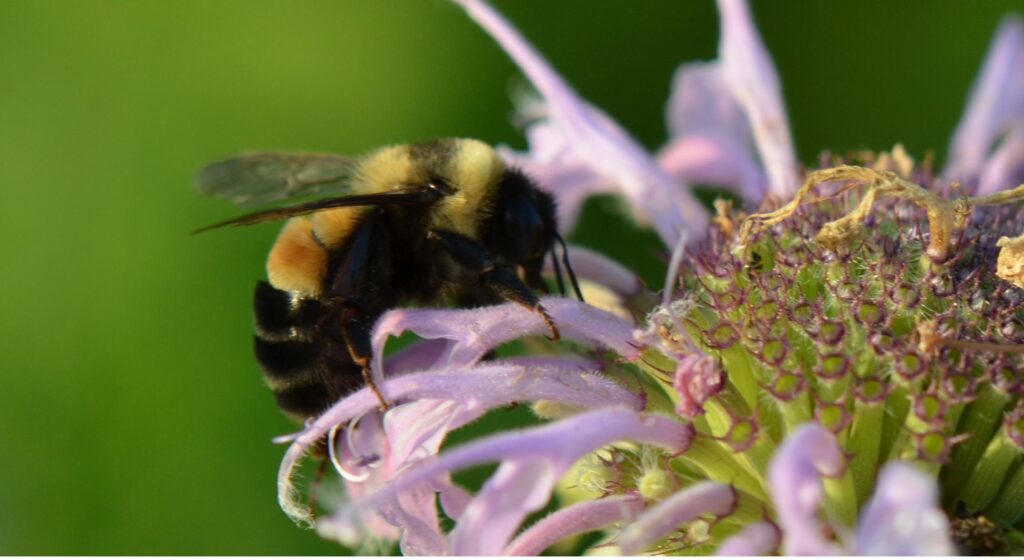
Lucas LoBreglio
The importance of pollination cannot be overstated– over ¾ of flowering plants and ⅓ of the food we eat rely on this single ecosystem service valued at hundreds of billions of dollars per year. The true worth of pollinating species becomes unquantifiable when we consider their contributions to pest control, ecosystem health, and aesthetic beauty. The threat of losing these creatures is a worrying premise, but we are by no means at a loss for ways to protect them. Here’s a brief rundown of pollinator decline in the 21st century and how Farm 2 Facts is helping landowners prevent it.
Honeybees are commonly cited as the most important pollinator, with millions of managed colonies currently active in the US. Increasing rates of honeybee colony death is a hot topic, but their unique status as a domesticated pollinator allows honeybee populations to hold steady through the practice of hive splitting. It’s important to consider the costs that splitting imposes on beekeepers and farmers, but it is perhaps more imperative to protect all the pollinating species we can’t directly manage.
Native pollinators (think butterflies, bumblebees, bats) are under threat from a variety of sources including disease, parasites, pesticides, and habitat loss, all of which are heavily associated with modern agriculture and have contributed to the decline of several important insect populations in the past few decades. It’s time we owned up to agriculture’s massive role in sustaining pollinator populations, because landowners have so many practices at their disposal to give them a helping hand.
Farm 2 Facts’ new free Ecosystem Services (ESS) toolkit helps direct-market producers evaluate and communicate their pollinator-friendly management practices using an approach to data collection that recognizes the diversity of factors underlying pollinator health. The biodiversity metric– one of six areas of practice encompassed by the tool– tracks the many ways farmers can cultivate pollinator habitat, including pollinator strips, hedgerows, riparian buffers, flowers, integrated pest management, and acreage dedicated to conservation.
Other ESS metrics lend themselves to pollinator analyses by tracking diversified crop rotations, perennial crops, rotational grazing, biodynamic practices, and more. Additionally, the tool examines practices that reduce carbon emissions, which in itself is a method of protecting pollinators since climate change disrupts their migration patterns and the habitat zones of their favorite plants. Of course, pollinator conservation is only one way of interpreting ESS data, as all of these practices have co-benefits that reach far beyond.

Pollinators face more potential threats now than ever before, but we at Farm 2 Facts believe that data access can answer uncertainty with optimism. The ESS tool allows farmers and market managers to better track sustainable management practices and show that our interdependence with the natural world is a strength and not a liability. For more information about the ESS tool, please reach out to us at info@farm2facts.org.
Want to know about individual actions you can take to protect native pollinators? Check out the Xerces Society’s pollinator conservation resource page, which has information specific to different land types and U.S. regions. If you live in Wisconsin, join the DNR’s Bumble Bee Brigade or download a native bee data collection app that helps U.W. Madison inform conservation practices on Wisconsin farms.
